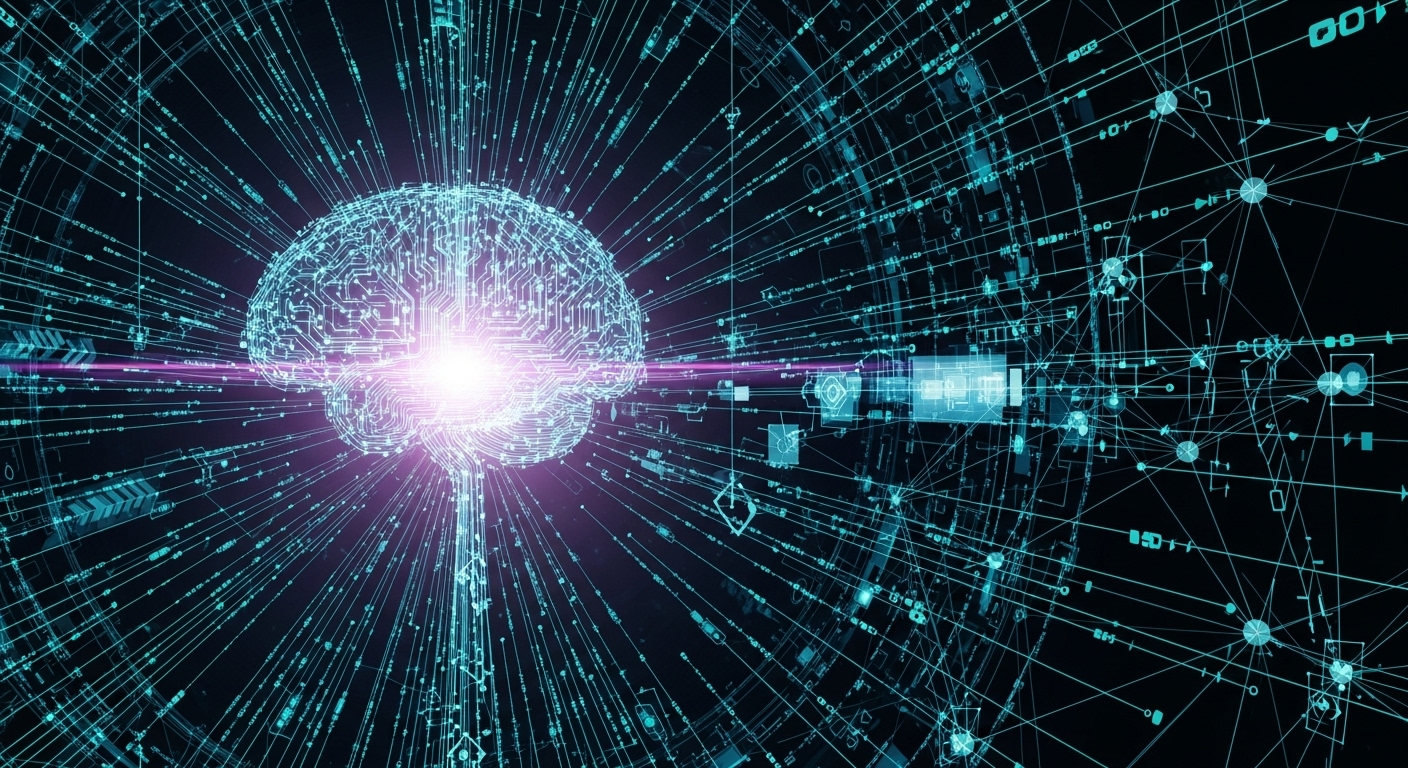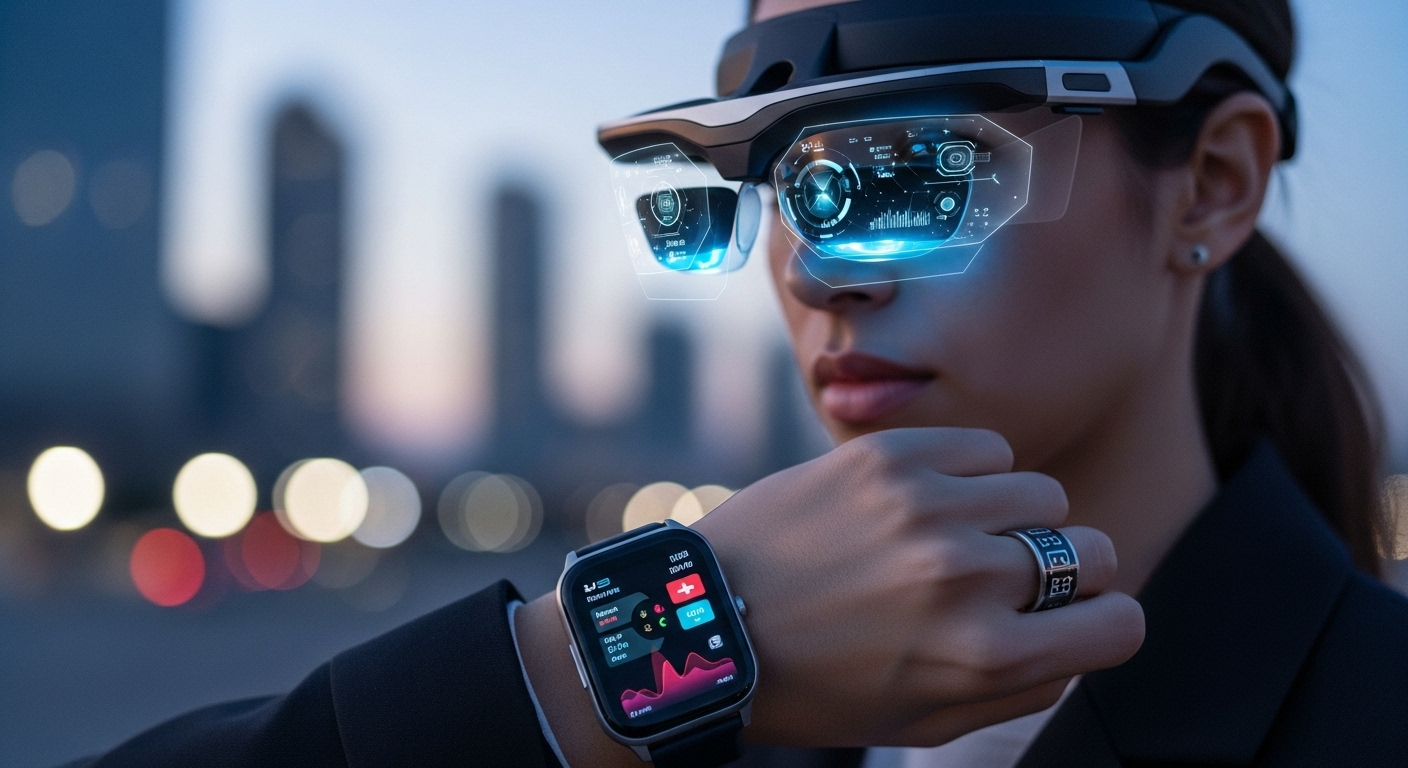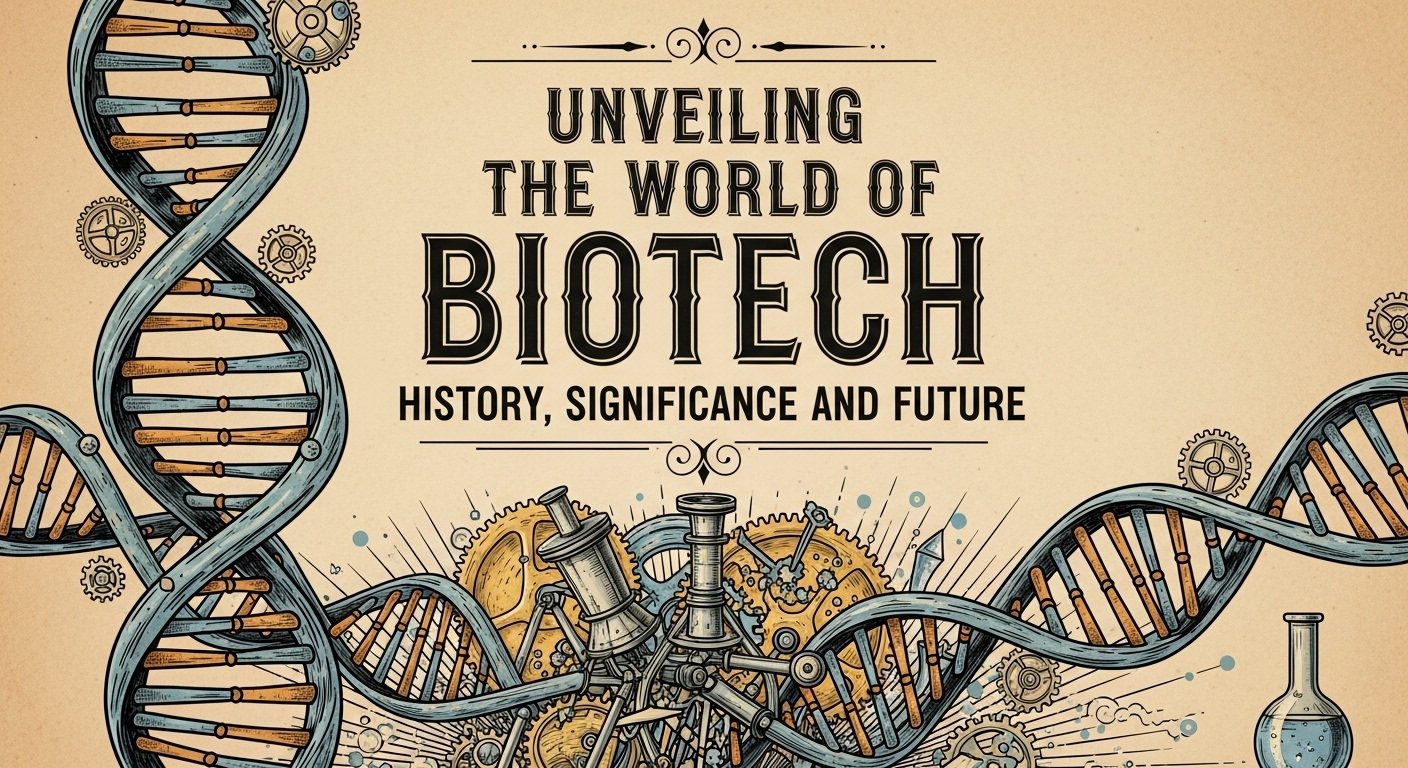Introduction
Productivity has always been a cornerstone of human progress. Whether it is in the workplace, at school, or in personal life, the ability to stay organized, efficient, and focused is critical. In the digital age, productivity has increasingly been shaped by the tools we use. From simple to-do list managers of the past to today’s AI-driven assistants, productivity apps have become powerful companions that help individuals and teams achieve more in less time.
As we enter 2025, the world of productivity apps has taken a giant leap forward. The integration of artificial intelligence, automation, cross-platform functionality, and personalization has created a new generation of tools that not only organize tasks but also anticipate needs, reduce distractions, and even improve work-life balance. In this blog post, we will explore the best apps for productivity in 2025, examining their features, benefits, and how they are changing the way people work and live.
The Evolution of Productivity Apps
Before diving into the best apps of 2025, it is important to understand how far productivity tools have come. The earliest digital productivity apps focused on simple note-taking or calendar functions. Over the years, task management became central, with apps like digital planners and reminders gaining popularity.
By the early 2020s, productivity apps had grown into ecosystems that integrated calendars, emails, project management, and collaboration tools. Artificial intelligence further transformed these tools by automating repetitive tasks, analyzing work habits, and offering personalized suggestions.
Now, in 2025, productivity apps are no longer just digital organizers. They are intelligent systems that learn from user behavior, adapt to unique workflows, and provide real-time solutions to enhance focus and efficiency.
Criteria for Productivity in 2025
The best apps for productivity in 2025 share some common characteristics:
- AI Integration: Most apps now use artificial intelligence to streamline workflows and anticipate needs.
- Cross-Platform Access: Users expect seamless synchronization across phones, tablets, laptops, and even wearable devices.
- Collaboration Features: Productivity today is often about teamwork, so the best apps enable effortless collaboration.
- Customization: Users want to personalize their tools to suit their unique workflows.
- Simplicity: While powerful, apps must remain user-friendly and avoid overwhelming users with unnecessary complexity.
Best Apps for Productivity in 2025
1. FlowMate
FlowMate has become one of the most popular productivity apps in 2025 thanks to its ability to combine task management, calendar integration, and focus tracking into a single platform. What sets FlowMate apart is its AI-driven work rhythm analysis. The app studies user patterns, including peak focus hours, and schedules tasks accordingly.
For example, if you tend to concentrate best in the morning, FlowMate automatically suggests tackling high-priority tasks at that time, leaving lighter tasks for the afternoon. With built-in distraction blocking, users can enter “deep focus” mode to reduce interruptions.
2. NoteSphere
NoteSphere is a note-taking app that has revolutionized how people capture, organize, and retrieve information. Unlike older note apps, NoteSphere uses AI to automatically categorize notes, create summaries, and connect related ideas. This makes it an essential tool for students, professionals, and creatives alike.
In 2025, NoteSphere also includes voice recognition that accurately transcribes lectures, meetings, or brainstorming sessions in real time. Its ability to create mind maps from notes helps users visualize connections, making learning and project planning much more efficient.
3. TaskSync
TaskSync is designed for team productivity. In 2025, it has emerged as one of the most effective project management tools available. TaskSync combines task tracking, file sharing, video conferencing, and time management in one platform.
What makes TaskSync powerful is its predictive task allocation system. The app uses AI to analyze workloads and automatically assigns tasks to team members based on their availability, skills, and past performance. This eliminates bottlenecks and ensures deadlines are met with less stress.
4. MindTrack
MindTrack is a productivity app that focuses on mental well-being as part of efficiency. It combines mindfulness practices, focus timers, and stress tracking to help users manage their productivity without burning out.
In 2025, MindTrack uses wearable integration to monitor stress levels, heart rate, and sleep quality. It then suggests personalized breaks, exercises, or relaxation techniques. By helping users balance work and health, MindTrack ensures long-term productivity rather than short bursts of overwork.
5. SmartDesk
SmartDesk has become a must-have productivity app for remote and hybrid workers. It integrates all aspects of a digital workspace into one platform. Users can manage tasks, communicate with colleagues, share documents, and even design workflows with drag-and-drop simplicity.
SmartDesk’s standout feature in 2025 is its virtual assistant, which helps manage emails, schedule meetings, and filter unnecessary notifications. This creates a streamlined environment where users can focus on what truly matters.
6. EduAssist
For students and educators, EduAssist has become the go-to productivity app in 2025. It combines learning management, digital textbooks, flashcards, and personalized study plans. AI tutors within the app help explain concepts in real time and provide interactive quizzes tailored to the learner’s strengths and weaknesses.
EduAssist also helps teachers by automating grading, generating lesson plans, and monitoring student progress. By reducing administrative burdens, educators can focus more on teaching and mentoring.
7. LifeOrganizer
LifeOrganizer is an all-in-one app that manages both professional and personal productivity. In 2025, many people juggle multiple responsibilities, and LifeOrganizer brings balance by integrating calendars, shopping lists, household chores, and personal goals alongside work tasks.
The app’s AI coach offers weekly insights into how users spend their time, suggesting ways to improve efficiency and maintain balance. For busy families, shared calendars and to-do lists ensure everyone stays on the same page.
8. FocusTime Pro
FocusTime Pro is a productivity app dedicated to managing attention in a world filled with distractions. It uses the Pomodoro technique, AI-driven task prioritization, and gamification to make productivity engaging.
In 2025, FocusTime Pro also integrates with other apps to automatically mute notifications during deep work sessions. It tracks progress over time and rewards users for maintaining consistent focus habits. This app is particularly popular among freelancers and creative professionals who thrive on uninterrupted work sessions.
9. CollabBoard
CollabBoard has gained recognition as one of the best apps for creative collaboration in 2025. It provides a virtual whiteboard where teams can brainstorm, sketch, and plan in real time, no matter where they are located.
AI tools within CollabBoard suggest layouts, generate templates, and even analyze ideas to provide insights. This makes the app ideal for marketing teams, designers, and startups looking to innovate quickly.
10. ZenPlan
ZenPlan is a unique productivity app designed for people who feel overwhelmed by traditional task managers. It uses a minimalist interface and an AI guide that gently nudges users toward completing goals without creating stress.
By focusing on simplicity and mindfulness, ZenPlan helps users avoid overloading themselves with unrealistic schedules. It is perfect for individuals who value balance, wellness, and clarity alongside productivity.
How AI Is Powering Productivity Apps in 2025
A common thread across these apps is the integration of artificial intelligence. AI is no longer just an add-on; it is the foundation of productivity in 2025. These apps use AI to:
- Analyze work patterns and suggest better schedules.
- Automate repetitive tasks like sorting emails or updating calendars.
- Predict deadlines and allocate resources intelligently.
- Offer personalized coaching and feedback.
- Reduce distractions by filtering unnecessary notifications.
This intelligent support allows users to focus on high-value work while leaving repetitive or organizational tasks to AI.
The Role of Cross-Platform Integration
In 2025, productivity is not limited to one device. The best apps are those that seamlessly integrate across smartphones, laptops, tablets, and even wearables. For example, a user can start a task on their laptop, receive reminders on their smartwatch, and review progress on their phone.
Cross-platform integration ensures that productivity tools are always accessible, no matter where a user is. It also allows teams to collaborate more effectively by bridging different operating systems and devices.
The Balance Between Work and Personal Productivity
One of the most notable changes in productivity apps in 2025 is the recognition that personal well-being is as important as professional success. Apps like MindTrack and ZenPlan highlight the shift toward holistic productivity, where mental health, rest, and personal goals are considered essential to long-term efficiency.
This evolution reflects a growing understanding that productivity should not mean constant work. Instead, it means achieving more while living a balanced, fulfilling life.
Future Trends in Productivity Apps Beyond 2025
As technology continues to evolve, productivity apps will become even more immersive and intelligent. Some expected trends include:
- Integration with augmented and virtual reality for immersive workspaces.
- Greater personalization through advanced AI that understands individual working styles.
- Proactive productivity where apps anticipate needs before users even recognize them.
- Deeper health integration with wearables to balance work with wellness.
- Sustainability-focused features that help users manage resources responsibly.
The future promises an environment where productivity apps are not just tools but intelligent companions that enhance every aspect of human potential.
Conclusion
Productivity in 2025 is about more than checking off tasks on a to-do list. It is about creating systems that empower individuals and teams to work smarter, not harder. The best apps today go beyond organization; they integrate AI, encourage focus, support collaboration, and prioritize well-being.
From FlowMate’s intelligent task scheduling to NoteSphere’s advanced note-taking, from MindTrack’s balance of productivity and health to CollabBoard’s collaborative creativity, the landscape of productivity apps in 2025 is diverse and inspiring.
These tools reflect a world where technology is not just about efficiency but also about harmony. They help us stay on top of our goals, connect with others, and find balance in an increasingly busy world. As these apps continue to evolve, they will shape not only how we work but also how we live, ensuring that productivity is about more than output—it is about creating a better quality of life.




